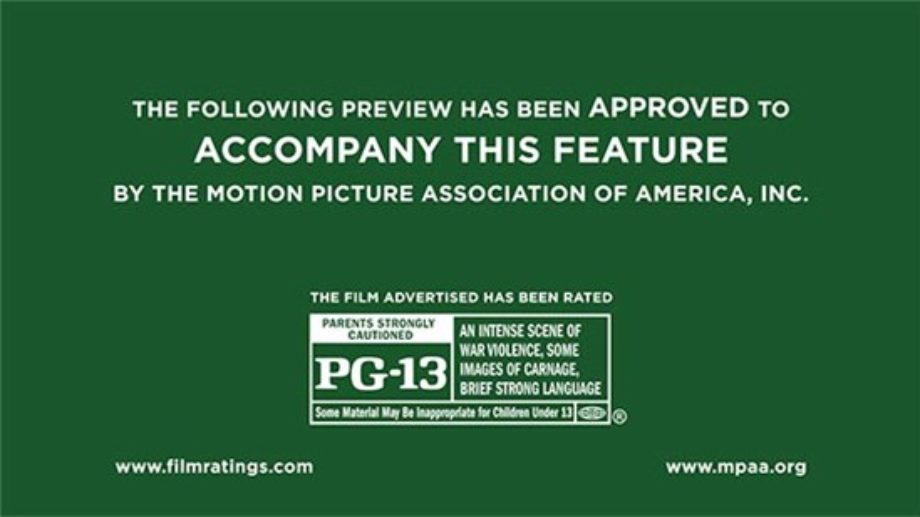
For years, we’ve heard about the ever-growing violence creeping onto movie screens throughout America, rotting our children’s minds and causing them to reenact whatever their eyes came across. Given the current political climate of the country, an appropriate question is now being circulated: is this problem getting worse? Is the amount of violence onscreen increasing and becoming more visible to younger viewers or is it just frantic speculation? A brand new quantitative study by Pediatrics: Official Journal of the American Academy of Pediatrics turned to statistical analysis to come up with an answer.
As younger viewers are often cited as being the most impressionable, the extensive study surveyed a number of years of cinema output, with a particular interest in PG-13 rated films from 1985 to the present (1985 was the first full year of use for the MPAA’s PG-13 rating). In reviewing their methods, the researchers noted, “we used the Coding of Health and Media Project’s database of 945 films that were sampled from the 30 top-grossing films (based on annual box office sales as ranked by Variety magazine) for each of the years from 1950 to 2012. Trained coders identified violent sequences in those films, by using a definition adapted from previous research.” This matter-of-fact, obsessively-driven approach would mark each scene of violence to create a tally, of sorts. A coder would detect the violence on display (described in depth in their report), a very practical way of going about diagnosing what is, for some people, a very subjective issue.
As The New York Times reported, “The study included animated films, and it made no distinction between acts of aggression and self-defense. It did not highlight specific titles, and it did not distinguish between films with a clear anti-violence message and those with a more cavalier attitude toward gunplay.”
No longer mere speculation, the results were fascinating. “Our research found that violence in films has more than doubled since 1950, and that gun violence in PG-13 films has increased to the point where it recently exceeded the rate in R-rated films.” While it’s no secret that the MPAA is quicker to dish out rating restrictions to films featuring sequences of sexual content, the fact that PG-13 films are, as a whole, proven to be more violent than their R-rated counterparts is telling.
Discussing this recent study on CNN, Dan Glickman, former president of the MPAA, spoke on the “sex versus violence” debate his association has often been criticized for. “This is a cultural thing in America. Rough sex and a bloody massacre both justify higher ratings depending upon the nature of the movie. The truth of the matter is that ratings reflect our culture. Our culture historically has been much more concerned about sexual context, about nudity, than it has been about violence.”
After providing concrete evidence, the study goes on to discuss the effects this data may have on society and, specifically, our youth. Although debatable, the evidence is not on the side of someone such as NRA Executive Vice President Wayne LaPierre, who last year claimed that “the only thing that stops a bad guy with a gun is a good guy with a gun.” Researching the way our media is distributed (and to whom) is perhaps one way to stop the bad guys even sooner.



